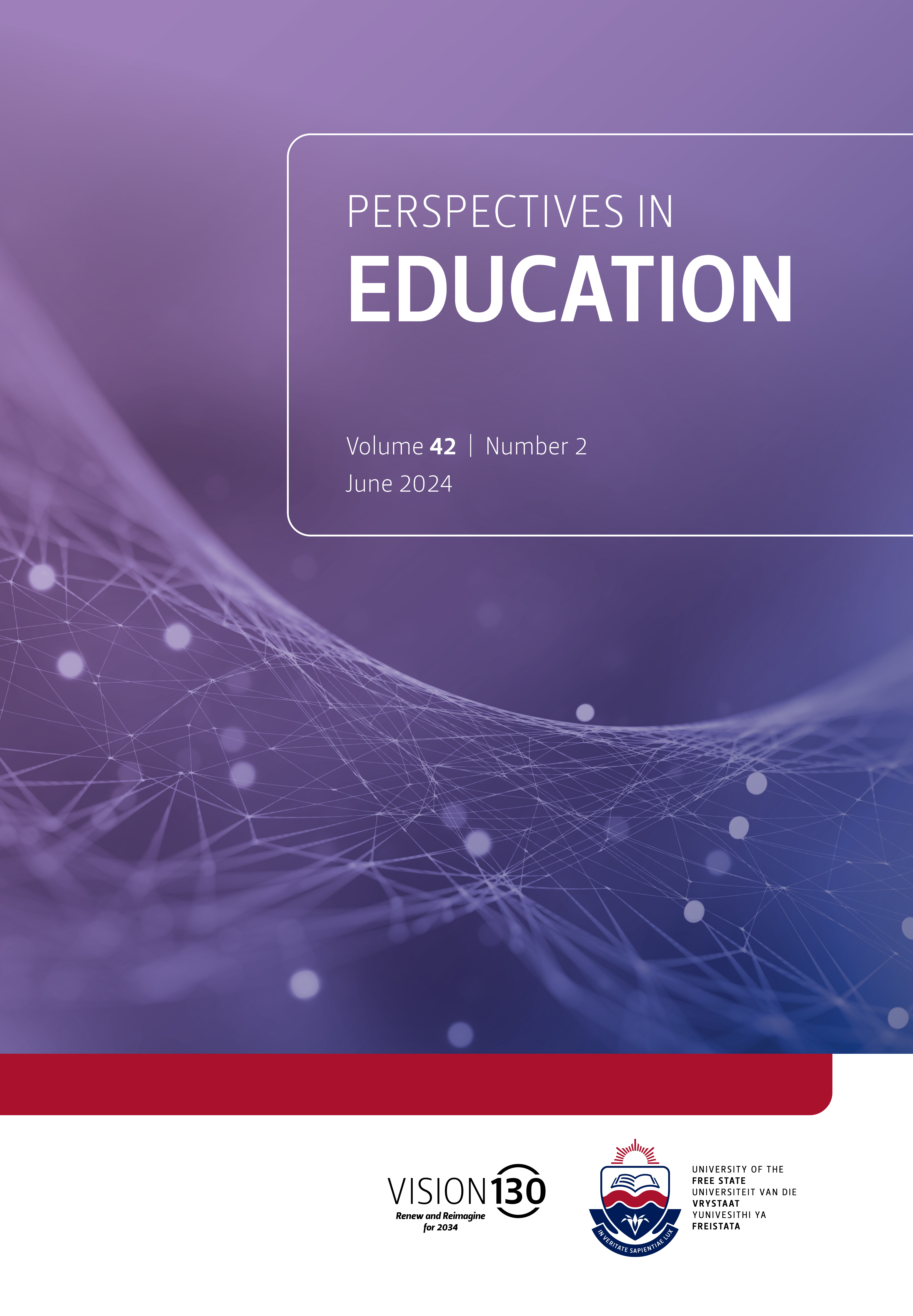The school management team’s role of defining the school vision and mission at a South African rural school
DOI:
https://doi.org/10.38140/pie.v42i2.7801Keywords:
defining and communicating goals, rural schools in Limpopo, school management teams, school leadership, vision and missionAbstract
Schools in the rural context of Limpopo Province, South Africa have a plethora of challenges, which have a negative impact on learner achievement. This paper argues that for schools to triumph over the obstacles, effective school leaders are necessary Such leaders must define and communicate a clear vision and mission and work with stakeholders to achieve them. With these assumptions, this paper explores how members of the school management team (SMT) of a rural school in the Limpopo Province define and communicate their school’s vision and mission. Through the qualitative research method underpinned by the interpretive paradigm, a case research design was adopted and a single high school sampled to participate. Data were generated from semistructured interviews with seven SMT members, a focus-group discussion with six teachers, and an observation of the research site. The findings revealed that most participants could not articulate the school’s vision and mission. In addition, stakeholders were not involved in the processes of defining the vision and mission and communication methods in this regard were also ineffective. Lastly, the SMT viewed the vision and mission as fixed and did not review them. Based on these findings, I conclude that SMT members must understand that the vision and mission could serve more than a visual purpose when designed as guiding principles to direct smaller objectives within the organisation.
Downloads
##submission.downloads##
Published
How to Cite
Issue
Section
License
Copyright (c) 2024 Selaelo Maifala

This work is licensed under a Creative Commons Attribution 4.0 International License.





